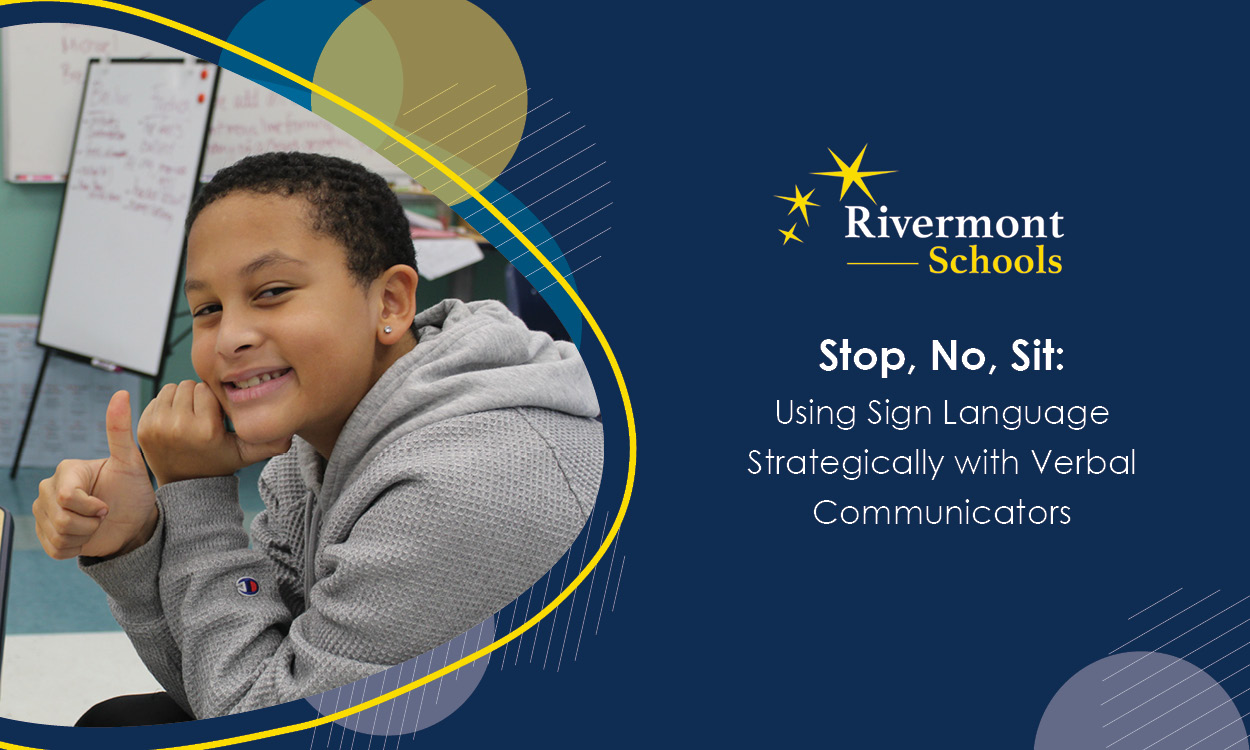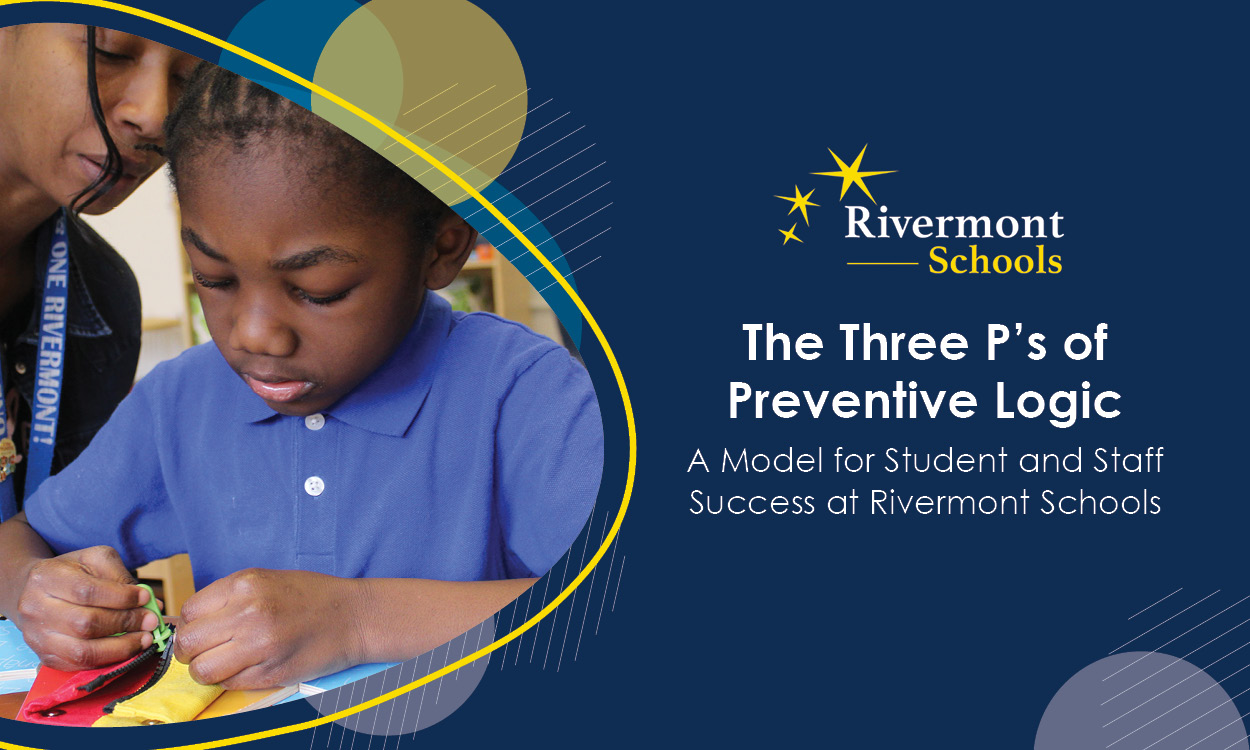Supporting Positive Reinforcement at Home: A Guide for Rivermont Families
Posted: December 27, 2024 | Written By: Sharmin Hossain | Category:

At Rivermont Schools, positive reinforcement is a cornerstone to their behavioral management approach, helping educators, parents, and guardians encourage healthy behaviors and build a lasting routine that prepares students for lifelong success. Translating the supportive and consistent learning environment established in the classroom and bringing it home is essential to fostering children’s growth. This guide outlines what positive reinforcement is, why it’s effective, and how families can implement these strategies.
What is Positive Reinforcement?
Positive reinforcement involves acknowledging and rewarding desirable behaviors to increase the likelihood they will be repeated. At Rivermont Schools, this practice is embedded in the School-Wide Positive Behavioral Interventions and Supports (SWPBIS) framework. This evidence-based approach focuses on:
- Defining and Teaching Expectations: Setting clear, achievable standards for behavior.
- Acknowledging Positive Behaviors: Celebrating successes to encourage continued effort.
- Predictable Responses: Providing consistent consequences for both positive and problematic behaviors.
- Data-Driven Insights: Using data to guide decisions and tailor strategies to individual needs.
At its core, positive reinforcement is about creating an environment where students—and by extension, their families—thrive through proactive, preventive, and predictable practices.
Why is Positive Reinforcement Effective?
Positive reinforcement is a powerful tool for encouraging both behavioral and academic success. Recognizing achievements helps build confidence by boosting children’s self-esteem and motivating them to continue striving toward their goals. It also fosters autonomy, as rewarding desired behaviors encourages children to take ownership of their actions and gradually develop intrinsic motivation. Additionally, positive reinforcement strengthens relationships by nurturing trust and collaboration between children and caregivers, creating a supportive and harmonious home environment. Furthermore, the predictability of reinforcement establishes consistency, providing children with clarity about expectations and the tangible benefits of meeting them.
Jennifer Younger, Vice President of Behavioral Services at Rivermont Schools, emphasizes the importance of transitioning students from extrinsic motivation—such as tangible rewards—to intrinsic motivation, where the satisfaction of doing well becomes its own reward. This shift is critical as children grow, helping them develop self-regulation skills for life beyond structured school environments.
How to Implement Positive Reinforcement at Home
Bringing the principles of positive reinforcement into the home is easier than you might think. Below are practical steps to help parents and guardians integrate these strategies:
Create a Home Behavior Matrix
Define what being "ready for the school day" looks like for your child. For example:
- Be Responsible: Brush your teeth, pack your school bag, and tidy your room.
- Be Respectful: Use kind words and actions toward family members.
- Be Safe: Follow rules during playtime and use household items appropriately.
Use Daily Point Sheets
Rivermont Schools employ point sheets to track students’ behavior, which translates into levels of privileges. Families can adapt this system at home by:
- Assigning points for positive behaviors, such as completing chores or practicing good manners.
- Allowing children to exchange points for rewards, like extra playtime or a favorite treat.
- These sheets also serve as a valuable tool for home-school communication, providing insight into your child’s progress and reinforcing consistent messaging between settings.
Celebrate Successes
As Jennifer Younger advises, “Catch them being good.” Positive feedback should outweigh corrections to create a motivating and uplifting environment. Examples include:
- Verbal praise: “Great job on your homework today!”
- Small rewards: Stickers, stars, or tokens that can be redeemed for privileges.
- Quality time: An outing or shared activity your child enjoys.
Transition to Intrinsic Motivation
Over time, shift the focus from external rewards to internal satisfaction. Encourage your child to reflect on how completing tasks or behaving well makes them feel proud or accomplished. This gradual transition fosters independence and prepares them for real-world challenges.
The Importance of Consistency and Communication
Consistency is key to successful positive reinforcement. Align your strategies with those used at Rivermont Schools to create a seamless experience for your child. Regular communication with teachers and staff can help identify areas for growth and celebrate achievements, reinforcing a collaborative approach.
Empowering your child to succeed starts at home. By implementing these positive reinforcement strategies, you’re helping to build a foundation for their academic, social, and emotional development.
Want to learn more about how Rivermont Schools supports student and staff success? Check out our blog on The Three P's of Preventive Logic to explore how these practices create a thriving environment for learning!










